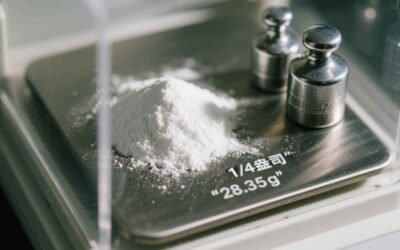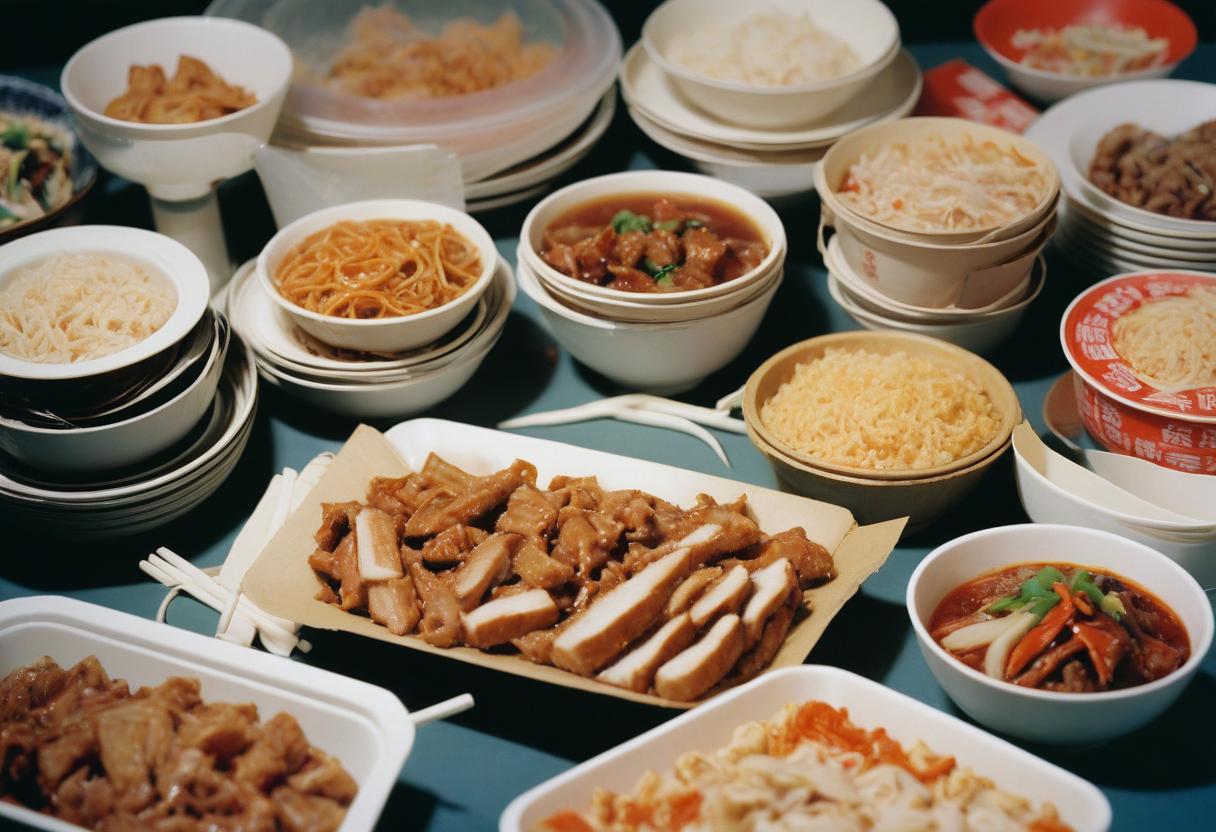Chinese food is a beloved cuisine enjoyed by millions worldwide. But after indulging in that savory takeout or home-cooked feast, you’re left with leftovers that seem too good to waste. The question arises—how long can Chinese food stay good?
This guide will walk you through everything you need to know about properly storing, reheating, and ensuring your Chinese food leftovers are safe to eat while maintaining their delicious flavors and textures.
Why Proper Food Storage Matters

Whether it’s the sweet and sour chicken from a local restaurant or homemade dumplings, safe food storage is crucial for preserving taste and avoiding foodborne illnesses. Chinese dishes, like most cooked foods, require proper handling because of their rich ingredients, many of which—like meats and sauces—are perishable at room temperature.
Fun Fact: Did you know rice, a staple in many Chinese dishes, can harbor harmful bacteria if left out for too long? Keep reading to learn how to avoid this.
By storing leftovers safely, you can confidently enjoy your food for an extra day (or two) without compromising quality or health.
How Long Does Chinese Food Last?

The lifespan of Chinese food depends mainly on how it has been stored. Here’s a simple breakdown to help you determine its freshness and safety.
At Room Temperature
If left out at room temperature, Chinese food should only be consumed within 2 hours. Beyond that, harmful bacteria like Bacillus cereus could multiply, especially in starchy dishes like fried rice and noodles.
Refrigerator Storage
Most Chinese dishes can last 3 to 4 days when stored in the refrigerator, assuming the food was promptly cooled and transferred to an airtight container. Still, you’ll want to check for any signs of spoilage, like foul odors or unusual texture, before eating.
Here’s how different dishes fare in the fridge:
Meat-based dishes (e.g., General Tso’s Chicken): 3–4 days
Seafood dishes (e.g., Kung Pao Shrimp): 2–3 days
Rice and Noodles: 3–4 days (store separately from sauces if possible)
Soups and Broths: 4 days
Freezer Storage

Freezing significantly extends the shelf life of Chinese food. Leftovers stored at 0°F or lower can last 3 months or longer, though flavor and texture may degrade slightly over time. Be sure to use freezer-safe containers or bags to prevent freezer burn.
Pro Tip
Divide your leftovers into smaller portions before refrigerating or freezing. This helps with reheating and ensures food cools faster, reducing bacterial growth.
Step-by-Step Guide to Storing Chinese Food
To ensure your leftovers stay fresh, follow these practical tips for safe storage:
Fabulous First – Allow the food to cool to room temperature, but don’t wait longer than 2 hours.
Use Airtight Containers – Transfer leftovers into airtight containers as they help seal in moisture and prevent contamination.
Label with Dates – Always write the date on your containers so you know how long they’ve been stored.
Refrigerate Promptly – Don’t leave food sitting out longer than necessary. Store it in the fridge.
Proper storage ensures food safety and helps retain the enticing flavors of your favorite Chinese dishes!
How to Reheat Chinese Food Correctly
Reheating Chinese food is an art, especially if you want to revive its original textures. Use these methods to get the best results.
Stovetop
The stovetop is the best way to reheat most Chinese dishes like stir-fried noodles, fried rice, and saucy entrées. Here’s how:
- Heat a non-stick pan with a small amount of oil or water.
- Add the food and cook over medium heat, stirring occasionally.
- Reheat until the food reaches an internal temperature of 165°F, ensuring it’s fully hot and safe to eat.
This method helps maintain that “just-cooked” texture.
Oven
For crispy dishes like spring rolls or sweet and sour pork, reheating in the oven is ideal.
- Preheat your oven to 350°F.
- Wrap the food lightly in foil to prevent drying out.
- Bake for 10-15 minutes, checking for doneness.
Microwave
Though convenient, microwaving has its drawbacks—it can make food soggy. For best results:
- Place Chinese food on a microwave-safe plate in a single layer.
- Sprinkle a bit of water over rice or noodles to retain moisture.
- Heat in 30-second intervals, stirring in between, to avoid uneven heating.
Pro Tip
Avoid reheating seafood-based dishes in the microwave—these are best done on the stovetop for better texture and flavor preservation.
How to Tell if Your Chinese Food Has Gone Bad
Check for These Warning Signs:
Foul Odor: A bad or sour smell indicates your food has spoiled.
Texture: Slimy or mushy textures, particularly on meat or rice, signal that it’s time to toss it.
Color Changes: If your leftovers look discolored or have strange spots, don’t risk it.
Mold: Any visible mold is a sure sign your food is inedible.
If in doubt, trust your instincts; discarding questionable food is always safer than the risk of illness.
Final Tips to Keep Your Leftovers Safe
Avoid Double-Dipping: Use clean utensils when serving leftovers to minimize potential contamination.
Reheat Just Once: Reheating multiple times increases the risk of bacterial growth. Only reheat the portion you plan to consume.
Store Sauce Separately: If possible, keep sauces separate from dishes like dumplings, rice, or noodles to prevent food from getting soggy.
By following these tips, you’ll reduce food waste and enjoy delicious leftovers that taste fresh and safe every time!
Love Chinese Food? Learn More
Now that you know how long Chinese food lasts and the best ways to store and reheat it, why not expand your cooking skills? Explore our guide to making authentic Chinese dishes at home, or check out these tips for crafting the perfect fried rice!
Got a favorite Chinese dish? We’d love to hear about it in the comments.



















